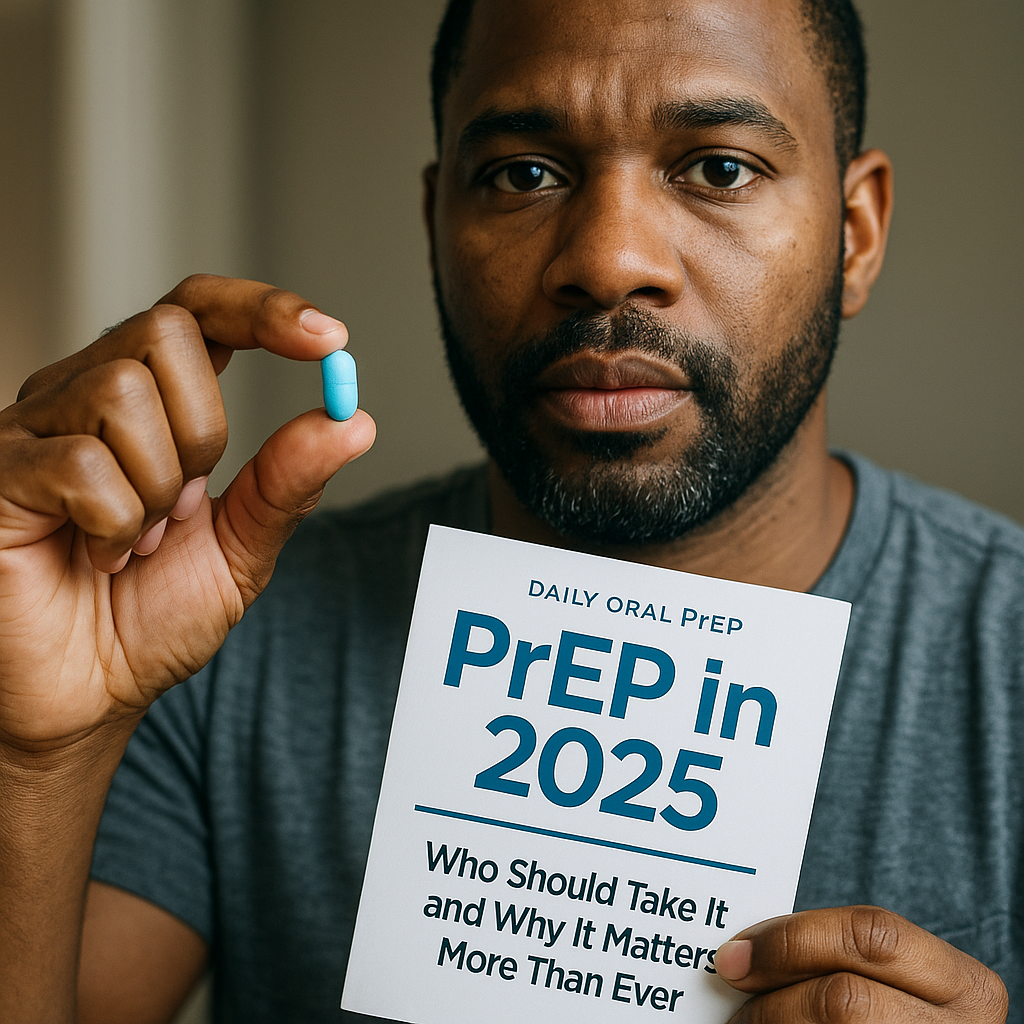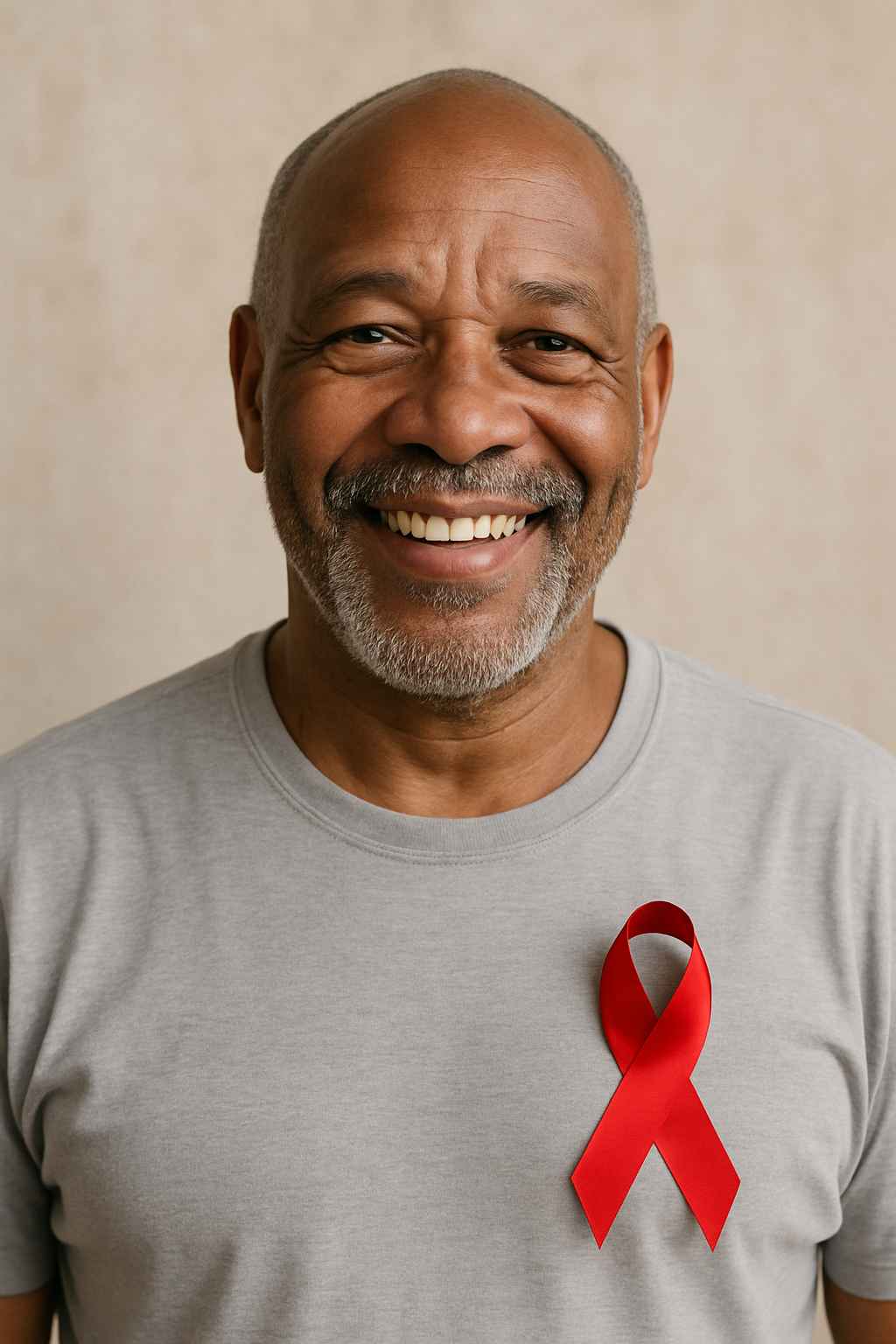
When should students learn about HIV? With rising misinformation and stigma still affecting communities worldwide, HIV education in schools remains one of the most powerful tools we have to promote public health, reduce transmission, and foster informed decision-making. By reaching youth early, we can build a generation that understands prevention, respects science, and advocates for inclusion.
Table of Contents
- Why HIV Education Matters in Schools
- Key Components of Effective HIV Curricula
- Challenges and Controversies in Implementation
- Moving Toward Inclusive and Science-Based Learning
- Conclusion
- FAQs
Why HIV Education Matters in Schools
HIV education plays a vital role in prevention. Adolescents account for a significant proportion of new HIV infections worldwide, yet many receive little to no formal instruction about the virus before becoming sexually active. Comprehensive, age-appropriate education can close this gap by teaching students how HIV is transmitted, how it can be prevented, and why early testing and treatment are essential.
Research shows that informed students are more likely to adopt safer behaviors. For example, the Centers for Disease Control and Prevention (CDC) notes that school-based HIV education can delay the initiation of sexual activity and increase condom use. Moreover, it reduces stigma by correcting myths and humanizing the lived experiences of those affected by HIV.
In regions where HIV prevalence is higher, such as parts of the southern U.S. and sub-Saharan Africa, integrating HIV education into the core school curriculum becomes even more urgent. By normalizing discussions about the virus early, schools can become incubators of empathy, prevention, and empowerment.
Key Components of Effective HIV Curricula
Successful HIV education programs share several common features. First and foremost, they are grounded in evidence and supported by public health authorities. These curricula cover the biological mechanisms of HIV transmission, the effectiveness of prevention tools like PrEP (pre-exposure prophylaxis) and condoms, and the importance of regular testing.
However, the most impactful programs go beyond the science. They also address the social dimensions of HIV, including discrimination, mental health, and the intersections with race, gender identity, and sexual orientation. These topics help contextualize the virus and its impact, making lessons more relatable and inclusive.
Interactive and participatory teaching methods further enhance learning. Rather than relying solely on lectures, schools are increasingly using role-play, student-led discussions, and digital storytelling to engage students. These formats promote critical thinking and help youth apply knowledge to real-world situations.
The World Health Organization and organizations like Healthcare.pro offer guidelines and tools for educators looking to build comprehensive, compassionate HIV curricula.
Challenges and Controversies in Implementation
Despite the clear benefits, HIV education in schools remains inconsistent. In the U.S., sex education policies vary widely by state and district. Some regions require medically accurate instruction, while others promote abstinence-only education, which often excludes essential information about HIV prevention.
Political and cultural resistance can also hinder implementation. Opponents argue that discussing HIV or sexuality with students promotes risky behavior, despite decades of research disproving this claim. In many cases, misinformation and stigma contribute to these objections more than evidence-based reasoning.
Another challenge lies in teacher preparedness. Even when schools adopt robust curricula, educators may feel uncomfortable or undertrained to deliver the material. Continuous professional development, access to updated resources, and administrative support are essential to empower teachers as trusted messengers.
In some areas, budget constraints and limited class time mean that HIV education is squeezed out in favor of standardized testing. To address this, advocates must push for dedicated health instruction time and demonstrate the long-term value of health literacy for public well-being.
For more insight into recent education policy changes, visit AIDS.org’s blog.
Moving Toward Inclusive and Science-Based Learning
The future of HIV education lies in inclusion, innovation, and advocacy. Modern programs must reflect the realities of today’s youth, which means incorporating digital platforms, culturally relevant content, and a recognition of diverse identities.
Digital learning modules, such as mobile apps and virtual classrooms, can complement traditional instruction and reach students beyond the classroom. This is particularly valuable in rural or underserved communities where access to health education is limited.
Inclusivity is equally important. HIV disproportionately affects LGBTQ+ youth, Black and Latino communities, and people living in poverty. Curriculum must address these disparities without reinforcing stereotypes. When students see themselves reflected in the content, they are more likely to engage and retain the information.
Policy change is also essential. Advocacy organizations are working at the state and national levels to standardize and fund comprehensive sex education that includes robust HIV content. Parents, educators, and students can all play a role in these efforts by voicing their support and demanding accountability from school boards and legislators.
As HIV education evolves, the ultimate goal remains clear: to equip young people with the knowledge, skills, and empathy to live healthy, stigma-free lives. For additional background on this mission, visit AIDS.org’s mission page.
Conclusion
HIV education in schools is more than a public health strategy; it’s a foundational pillar for lifelong wellness. When students receive accurate, inclusive, and engaging instruction, they are better prepared to make informed choices, support affected peers, and advocate for equitable healthcare.
Although challenges persist, the movement toward comprehensive HIV education is gaining momentum. By investing in curriculum reform, teacher training, and inclusive learning tools, we can ensure that every student is equipped with the knowledge they need—and the compassion we all deserve.
FAQs
Why is HIV education important in schools?
It helps prevent transmission, reduces stigma, and empowers students with accurate, life-saving knowledge.
At what age should HIV education begin?
Education should be age-appropriate, beginning with basic health and safety concepts in elementary school and building toward detailed instruction by middle and high school.
Does HIV education encourage risky behavior?
No. Research consistently shows that comprehensive HIV education delays sexual activity and promotes safer behaviors.
How can schools improve their HIV curriculum?
They can partner with health organizations, train teachers, incorporate inclusive materials, and involve students in curriculum design.
What if my child’s school doesn’t offer HIV education?
Parents can advocate for curriculum changes through school boards, connect with local health groups, or supplement learning at home.
Disclaimer
“This content is not medical advice. For any health issues, always consult a healthcare professional. In an emergency, call 911 or your local emergency services.”



